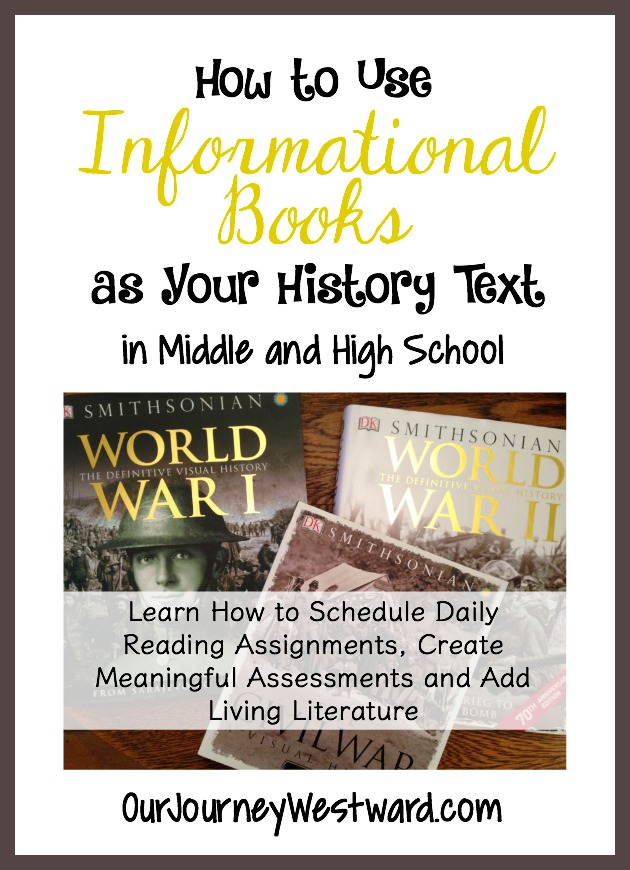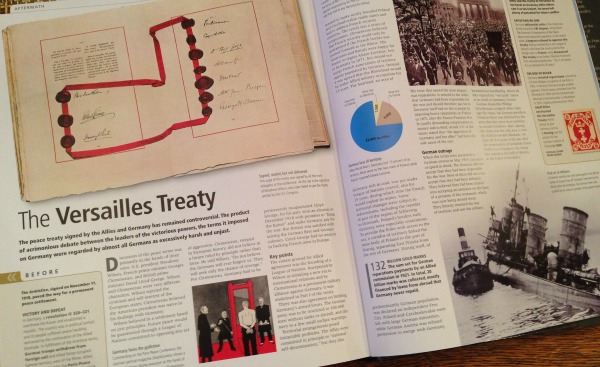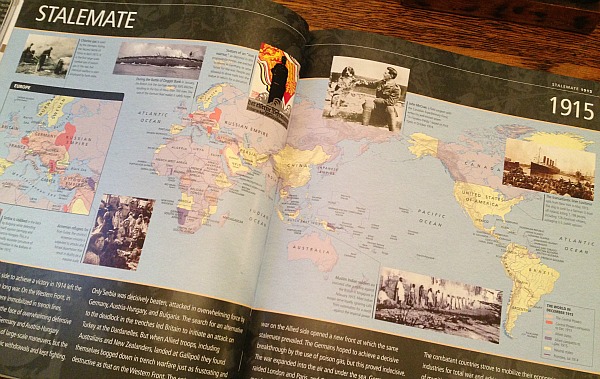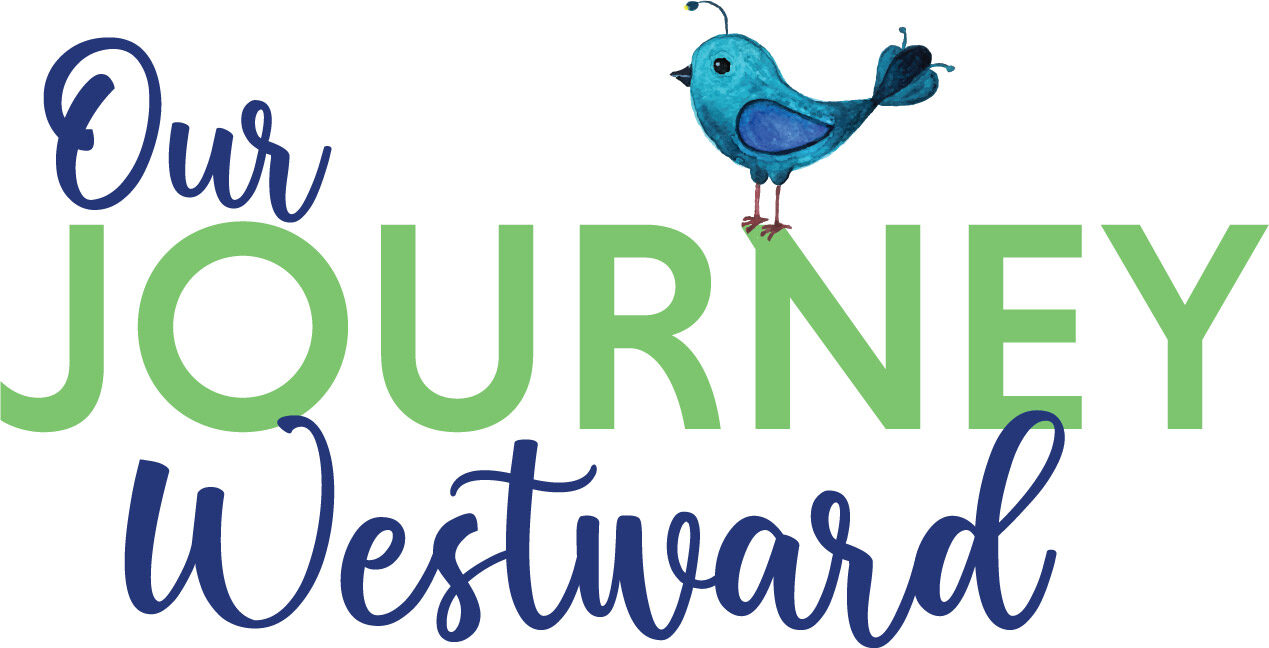How to Use Informational Books as History Curriculum
Do history textbooks ever fit into a living literature-based homeschool? Of course they do! But, if we’re being honest, they often don’t fit in very well because dry text isn’t the name of the game in the Charlotte Mason style.
Think about this, though. If we only used living literature when teaching history, for instance, we’d certainly leave out some very important key facts, events and people from the “real story.”
Historical fiction books are magnificent for drawing my children into a time period (or event.) They make history come alive and place us in the very midst of the action. They spark discussions and give us unique perspectives. I am all for living literature!
But, I also realize gaps can be left if we only feast on living books during our history studies. (Or any subject, for that matter.) So…do we add boring textbooks in our homeschool??? No way!

This post contains affiliate links.
While some textbooks do have a living flair, (Story of the World comes to mind for the elementary grades), most are snooze-worthy at best. And, their format of read this…study that…take a test is seriously lacking when it comes to meaningful learning. I find this especially true in the middle and high school years.
To remedy the problem, I have often used informational books alongside living literature to create a rich learning experience.
You’ve heard me talk about using a “spine book” during our studies then adding living literature and various activities. What I’m writing about today is basically the same thing. In the earlier years, I would call these unit studies. As my children get older, there are fewer hands-on projects and field trips, making them look less like true unit studies. The concept is similar, though.
While it requires a bit more work to pull off a living literature/informational book based study, the effort has been well worth it for us.
How To Use Informational Books as History Curriculum
To demonstrate how I pull together this kind of course, I’ll show you what I’ve been working on for a study of WWII with my 10th grade son.
1. Choose the Informational Book(s)
The main “text” for Caleb’s semester-long study is World War II: The Definitive Visual History by DK Publishing. I chose this book because it’s absolutely complete from the start of the war to the finish. It also includes oodles of photos, maps and other images – almost as good as walking through a museum of artifacts. DK does a good job of writing “chunks of text” that have a clear beginning and end – which make a big difference for my son who has a hard time staying focused when reading.

2. Choose the Living Literature
Even though our WWII study will last an entire semester, I’m only assigning two living books because the informational book is BIG – 372 pages big. While we may skip over parts here and there, I didn’t want to overburden the study with too much additional reading. (Not to mention, he’s reading living books in other subjects, too.)
The two books I’ve settled on this time around are The Borrowed House by Hilda Van Stockum and The Shadow of His Wings by Gereon Goldmann. (We’ve read other classic WWII literature in the past.)
3. Assign Reading
Once I have the “text” and living books decided, I set a reading schedule to fit the time frame. In this case, Caleb will be reading chunks of the informational book four days per week. On the fifth day, we’ll do an assessment (see below.) After six weeks, he’ll take a week off from the “text” to read one of the living books. I’ll continue alternating through the semester.
In cases where the informational book isn’t quite as in depth as this particular one, I will often have a little of both types of reading going on during the day or week.
4. Plan Assessments
The one downfall of using an informational book as your main text is that you rarely find prepared assessments. It’s not really that hard to make your own! If you’ve been around here long enough, you know I’m not a huge fan of prepared tests for assessments anyway. Here are some assessment ideas that we’ll be using at various times through our semester:
- Let’s have a dinner table discussion about this week’s reading.
- List 20 things you learned this week.
- Write three paragraphs detailing the most interesting person or event you learned this week.
- Share your opinion on something controversial from this week’s reading.
- Write a paragraph (each) about three things that surprised you from your reading this week.
- Create a 20 question multiple choice quiz from your week’s reading and see how mom scores.
- Tell about one “good guy” and one “bad guy” you learned about this week.

5. Plan Projects
At the end of each month, I’ll have Caleb complete a project to assimilate all the information he’s taken in during the “text” reading. (I haven’t decided whether I’m going to expect projects after reading the living literature or not. Probably not. We’ll likely just enjoy some dinner table discussions about the books.) Here are a few of the project possibilities:
- Draw a poster-sized map detailing the major battles of WWII.
- Write a two-page paper comparing the leadership styles of two main leaders during the war.
- Compile a chart of “good guys” and “bad guys” from the war and be ready to defend your classifications during a dinner table discussion.
- Give a speech about the war’s long term impacts on the world.
- Using any outlet you like, share your thoughts about Hitler’s plan to eradicate the Jews.
You don’t have to add projects! If you’re satisfied that each week’s assessment is enough, then stop there. I like to add the occasional projects because they make Caleb dig deeper and process more as he considers ALL he’s learned up to the point of each project. They certainly aren’t necessary, though.
6. Consider Extras
No matter our mode of learning, I always consider whether there are any not-to-miss extras – like fabulous field trips to take or really good movies to view. My experience (for all ages) is the extras add another layer of depth and understanding that is well worth the “time off” from the regular studies.
During this study, we’re going to take a trip to the Cincinnati History Museum to visit their spectacular display of WWII as it impacted Cincinnati.
And, because Caleb is in 10th grade, we’re likely going to view one or more of the following movies WITH him: Schindler’s List, The Boy in the Striped Pajamas, and Band of Brothers. Not one of these is easy to watch. All have very adult themes. We’ll need to talk about the movies before and after. But, my husband and I both feel like he’s ready to explore the big, stinky stuff that is war.
And that’s all there is to it! We’ve used informational books as our text time and time again with great success. I’d love to hear about your experiences if you’ve ever opted for informational books over traditional textbook curriculum!
Other posts you might like to read:
A Revised 4-Year History CycleChronological American History for High School
Timelines Matter When Teaching History



I love the way you teach with all your different approaches. I have been homeschooling for 8 years and I would love to try out unit studies, living math and science. I just can’t seem to ever find or take the time to plan it out or I feel lost while trying to plan it all out. Maybe I need to get some help with it. Right now I’m doing apologia general science with my 8 th grader and she really is not enjoying it like she used to love science but I hate to keep changing things around.
I understand the struggle, Season. I’d be happy to talk you through some options if you ever want to.
thanks for all your practical homeschool ideas and wisdom! i was nominated for a blog award and i’m nominating you! here’s the link if you choose to accept: https://lilshoemaker.wordpress.com/2016/01/02/passing-around-the-love-liebster-peer-award/
Aw, thanks, Natalie! That means a lot.
Great article. I too, love living books, and your ideas are really helpful. Thanks.
I love this! I’m having a crazy hard time finding history curriculum for my 9th grader that I can use with my 2nd and 5th graders. I have several good American history books/ resources, so I’d like to start there. I have been looking for JUST history for my 9th grader, but most of what I find is hundreds of dollars, several other subjects or just boring. (picky, much??) Do you think the assignments and projects will satisfy for high school transcript? Thanks for sharing!
Michelle,
The work you assign will determine whether or not it’s enough for the high school transcript. What we did was certainly enough for my son. He got great overviews of entire eras through the books and dug deeper into certain aspects through the assignments/projects. I felt really good about counting our courses on the transcript.